📖 Anfield Annals: John Smith - Liverpool's Red Knight and Most Successful Chairman
The chairman who oversaw Liverpool's most successful era between 1973-1990 reached heights that haven't been matched before or since his reign
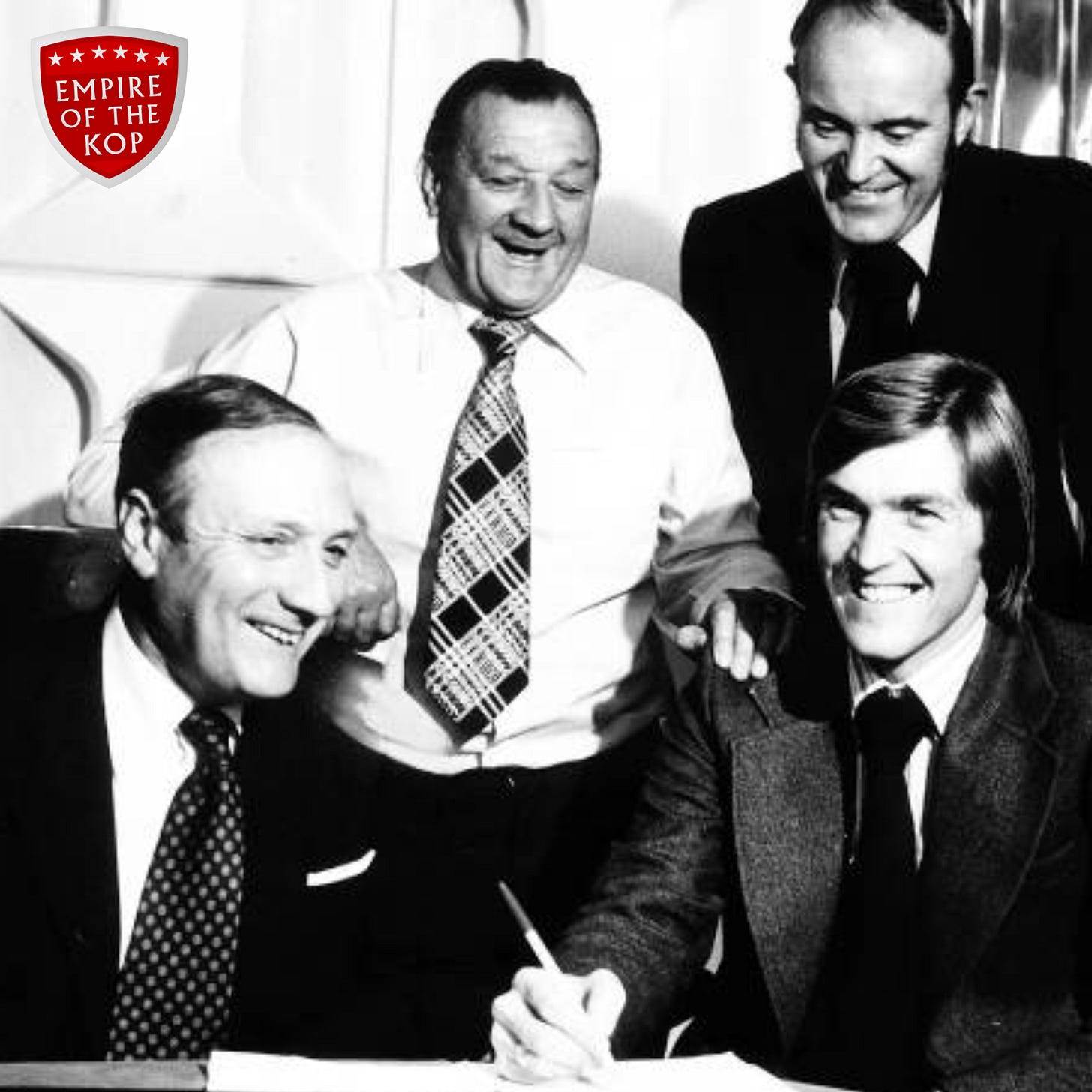
Being chairman of a club like Liverpool is not a job that can be underestimated, even if it’s something that is often overlooked. Sir John Smith was the chairman from 1973 until 1990 and his 17- year stint covered eleven league titles and four European Cups, among other trophies, in an unparalleled period of success.
Smith arrived at Anfield in 1971, joined the board of directors and worked alongside Peter Robinson. Within two years, he’d gained the respect of his colleagues and was elected as chairman.
Smith also ended the chairman merry-go-round at Anfield, with four different men filling the same role in the past 10 years before he took the helm. Following on from the likes of T.V. Williams and Sidney Reakes was no mean feat but his policy of ensuring stability at the top of the club, was to prove vitally important.

A real stickler for the rules, Smith set the standards in the board room that bled down into the events on the pitch. Overseeing 22 trophies is the perfect illustration of how stability and high standards worked perfectly for the Reds.
A staunch defender of the Boot Room philosophy, his tactics in running the club were a huge factor in success on the pitch. He worked tirelessly to ensure the highest standards were maintained and was a firm believer in promoting from within, appointing first Bob Paisley, then Joe Fagan and then Kenny Dalglish as manager.
The success of these three men is testament to the philosophy of the chairman, not also ignoring his bravery. The trio were all given their first senior managerial roles for one of the most successful teams in the country. This strong belief in promoting from within led to unparalleled success but was part of a plan that easily could have back-fired. Not ignoring the tremendous task of having to replace Bill Shankly, a figurehead for everyone in the city - doing so with a silent physio with no managerial experience.
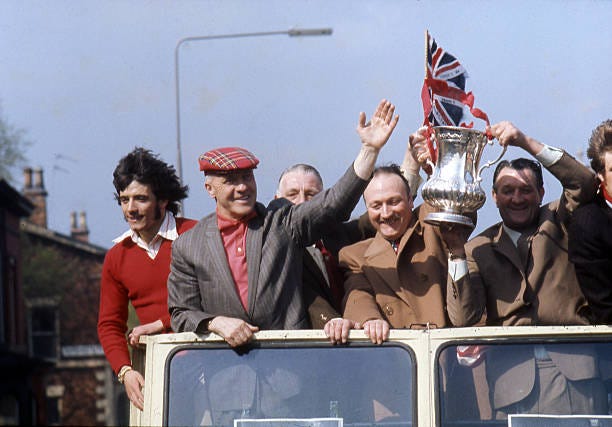
When Fagan departed, Smith compiled a four-man team to select the new boss: Bob Paisley, Tom Saunders (former club scout and youth development officer) and Peter Robinosn. Showing the belief in a footballing and business collaboration to make the biggest decisions within Anfield.
What aided all of these successful plans was the fact that Smith had two key qualities. First, he had a great business acumen which stemmed from his earlier experience as a brewery sales director and deputy chairman of an electronics firm. Secondly, he was a life-long Kopite and genuinely loved the club.
Although his standing within football was nothing more than being a supporter when he first took charge, his love for the club meant that it was always at the heart of all his decisions. The mantra of ‘nobody is bigger than the club’, again bled its way down to the pitch and was embodied in the three men who were given the responsibility of being manager during this period. “We’re a very, very modest club,” he once said. “We don’t talk. We don’t boast.”
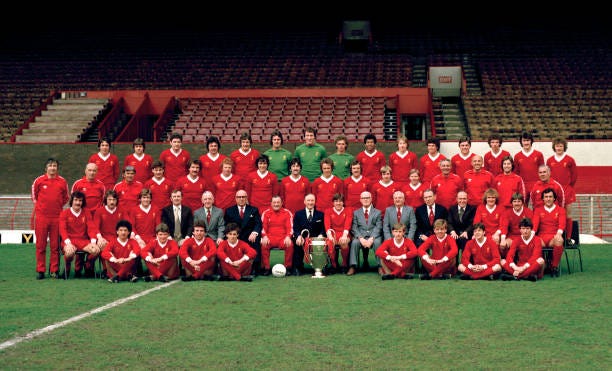
Access to the higher echelons of Anfield life was strictly restricted, no stories were leaked or shared with the media and Smith prided himself on working in respectful silence. Yet, knowing football only as a fan, he also knew that he needed help and with the likes of Peter Robinson at his table. Speaking with and trusting the likes of Paisley, Fagan, Moran and Dalglish to make senior footballing decisions also worked remarkably well.
Add onto this the business decisions that ensured financial stability. He brokered a groundbreaking shirt sponsorship deal with Hitachi in 1979. This closed shop of highly trusted lieutenants had immense success but also knew how to act in a time of crisis too. Smith worked to safeguard the club’s reputation after Heysel and Hillsborough too.
Although financially astute, no decision was made without the interest of the club at heart. When a record £700,000 offer was made from Real Madrid for Kevin Keegan in 1976, Smith’s two-word response of ‘nothing done’ stopped negotiations dead. Although the forward was soon to leave Merseyside, Smith had no interest in accepting offers as the Reds needed their star players to succeed. Once Keegan shared his desire to depart, this was as swiftly accepted and a move that worked for all parties was discovered. The chairman knew that a combination of keeping your best players, whilst only holding onto those who wanted to be there - was key.
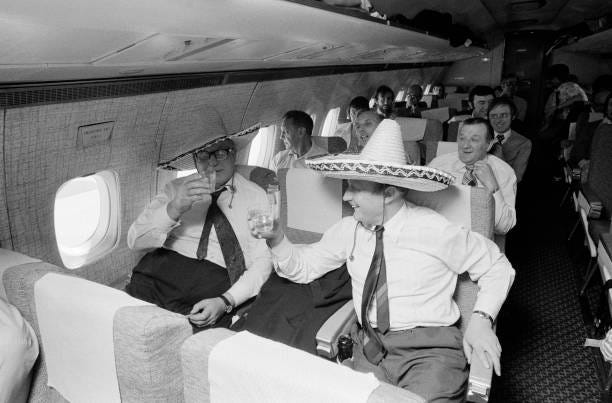
Noel White was to replace John Smith in 1990 and begin a new era at Anfield, within 15 months David Moores took the top job and it’s safe to say the former chairman took some replacing. In 2018, the 50 men who made Liverpool were compiled in order of importance and with John Smith being given the 20th position, it shows just how important he is to the history of the club. Not only at Anfield though, there were a string of other influential roles held during his working life too.
These included: Football Trust 1980-82; chairman of the Committee of Inquiry into Lawn Tennis 1980; member of the Football Association 1981-86; director of the Football League 1981-86; chairman of the Sports Council 1985-89; and deputy chairman of the Merseyside Development Corporation 1985-89. This impressive CV was first bolstered when he was awarded a CBE in 1982 and was eventually knighted in 1990.

There has never been a chairman in English football history that has overseen such a period of success and had such an impact on the philosophies of a club. It’s easy to applaud the achievements of the players and managers in these years but, as Gary Neville likes to remind us all every week, it all starts from the very top.
To have a supporter of the club in the top job, who ensured financial stability but also created a blueprint for 17 years of unrivaled success, cannot be underestimated. John Smith’s belief in the Boot Room, holding the club as more important than anyone else and tight-lipped operation - was a phenomenal success. He may not be a household name today but he was an exceedingly crucial figure in an unforgettable time.
A truly unique story from the annals of Anfield history.
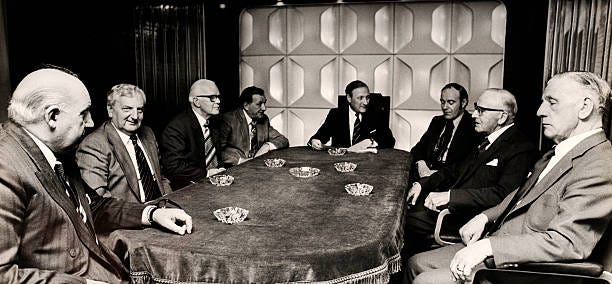
If you’re of fan of this kind of content, all completely ad-free, then feel free to hit the subscribe button below and become an EOTK Insider. Dig into exclusive tidbits reserved only for our subscribers!



